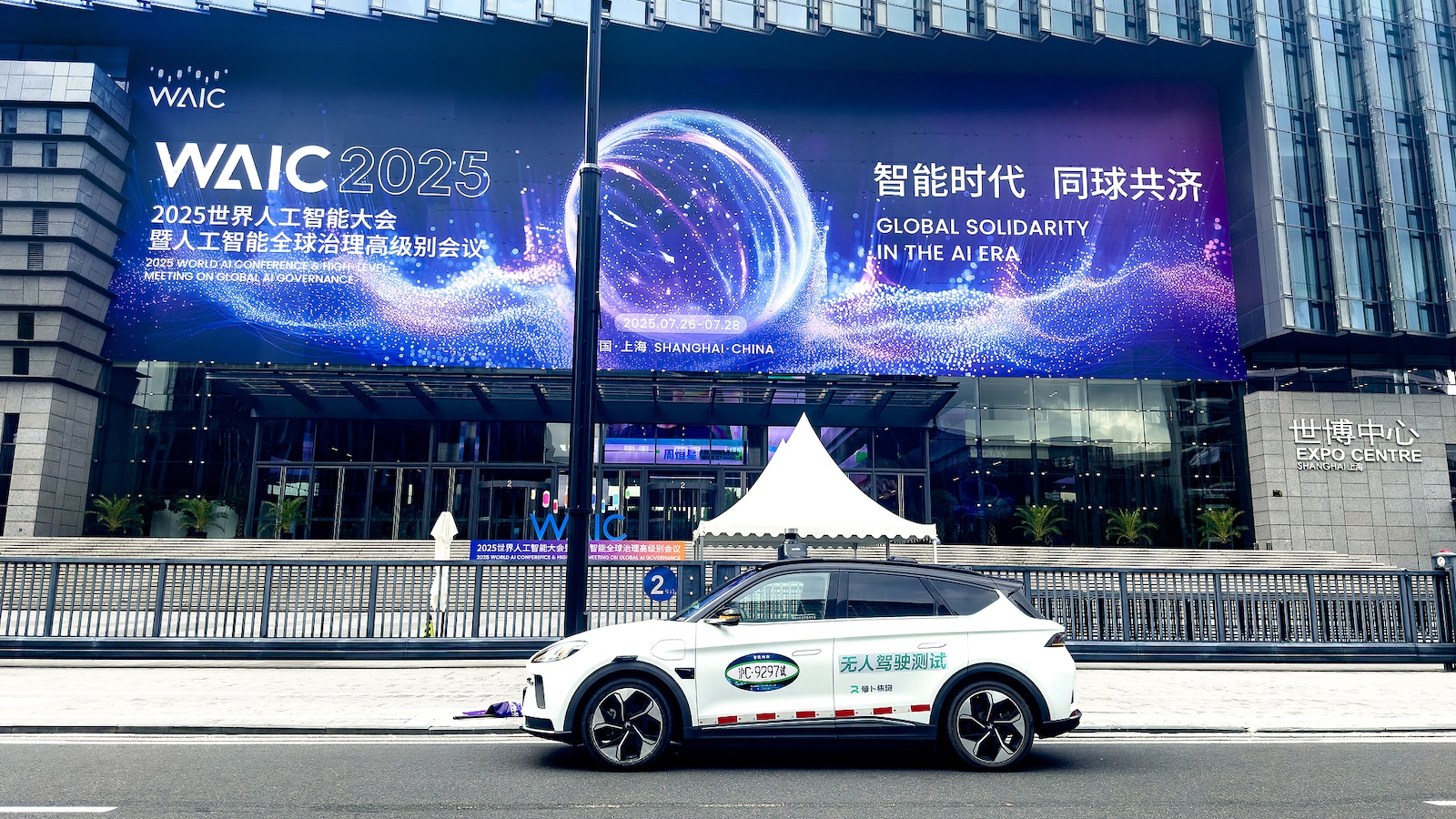By continuing to browse our site you agree to our use of cookies, revised Privacy Policy and Terms of Use. You can change your cookie settings through your browser.
I agree
Search Trends
CHOOSE YOUR LANGUAGE
- Albanian Shqip
- Arabic العربية
- Belarusian Беларуская
- Bengali বাংলা
- Bulgarian Български
- Cambodian ខ្មែរ
- Croatian Hrvatski
- Czech Český
- English English
- Esperanto Esperanto
- Filipino Filipino
- French Français
- German Deutsch
- Greek Ελληνικά
- Hausa Hausa
- Hebrew עברית
- Hungarian Magyar
- Hindi हिन्दी
- Indonesian Bahasa Indonesia
- Italian Italiano
- Japanese 日本語
- Korean 한국어
- Lao ລາວ
- Malay Bahasa Melayu
- Mongolian Монгол
- Myanmar မြန်မာဘာသာ
- Nepali नेपाली
- Persian فارسی
- Polish Polski
- Portuguese Português
- Pashto پښتو
- Romanian Română
- Russian Русский
- Serbian Српски
- Sinhalese සිංහල
- Spanish Español
- Swahili Kiswahili
- Tamil தமிழ்
- Thai ไทย
- Turkish Türkçe
- Ukrainian Українська
- Urdu اردو
- Vietnamese Tiếng Việt
Copyright © 2024 CGTN.
京ICP备20000184号
CHOOSE YOUR LANGUAGE
- Albanian Shqip
- Arabic العربية
- Belarusian Беларуская
- Bengali বাংলা
- Bulgarian Български
- Cambodian ខ្មែរ
- Croatian Hrvatski
- Czech Český
- English English
- Esperanto Esperanto
- Filipino Filipino
- French Français
- German Deutsch
- Greek Ελληνικά
- Hausa Hausa
- Hebrew עברית
- Hungarian Magyar
- Hindi हिन्दी
- Indonesian Bahasa Indonesia
- Italian Italiano
- Japanese 日本語
- Korean 한국어
- Lao ລາວ
- Malay Bahasa Melayu
- Mongolian Монгол
- Myanmar မြန်မာဘာသာ
- Nepali नेपाली
- Persian فارسی
- Polish Polski
- Portuguese Português
- Pashto پښتو
- Romanian Română
- Russian Русский
- Serbian Српски
- Sinhalese සිංහල
- Spanish Español
- Swahili Kiswahili
- Tamil தமிழ்
- Thai ไทย
- Turkish Türkçe
- Ukrainian Українська
- Urdu اردو
- Vietnamese Tiếng Việt
Copyright © 2024 CGTN.
京ICP备20000184号
互联网新闻信息许可证10120180008
Disinformation report hotline: 010-85061466



















By partnering with MOVE, CGTN highlighted its ongoing commitment to covering cutting-edge developments in global mobility, sustainable innovation, and smart infrastructure. /MOVE
Thousands of global mobility innovators, investors and industry leaders converged at ExCeL London on June 18–19 for MOVE 2025, the world's leading event for converged mobility. CGTN was proud to serve as a media partner for this year's edition, which brought together key voices shaping the future of transport and technology.
More than 4,000 participants from over 80 countries attended the two-day event, featuring 500+ speakers, 150+ sponsors and exhibitors, and more than 200 start-ups. With 20 dedicated content stages, MOVE 2025 offered a high-impact platform for cross-sector dialogue, business development and innovation.
From automakers and battery producers to fleet managers, autonomous vehicle pioneers and government officials, the event united all corners of the mobility ecosystem under one roof—delivering what organisers call a "one-stop shop" for collaboration and insight.
By partnering with MOVE, CGTN highlighted its ongoing commitment to covering cutting-edge developments in global mobility, sustainable innovation, and smart infrastructure.
Pony.ai CEO: 'Level 5 Autonomy Is 10 to 20 Years Away'
The road to full autonomy is long—but not endless.
At MOVE 2025, James Peng, CEO of autonomous driving company Pony.ai, told CGTN Europe's Li Jianhua that Level 5 self-driving—full automation without any human intervention—could become a reality within 10 to 20 years.
"We're at a critical moment," Peng said. "It's like an inflection point. Over the past decade, the top players have focused on developing the technology. Now, many of us have vehicles on public roads offering paid autonomous rides."
Pony.ai currently operates more than 250 robotaxis and nearly 200 autonomous trucks. But scaling up has been expensive. "The cost of our current vehicles—sensors, chips, modifications—is still very high," Peng explained. "But our latest Generation 7 fleet cuts that cost by two-thirds. It's the first time the vehicles can actually pay for themselves."
The company is also eyeing growth in Europe, with a research hub in Luxembourg acting as its gateway. "The Luxembourg government has been very open-minded and supportive," said Peng. "It's a market with the least resistance for now—and we plan to expand from there."
Looking ahead, Peng sees huge potential in autonomous trucking. "The demand for truck drivers is even higher than for taxi drivers. It's a tough job, and the younger generation isn't entering the field. That's where self-driving trucks can make a big impact."
Despite technical progress, Peng said that regulation and public acceptance will be the final hurdles to full autonomy. "From a tech standpoint, we're getting there," he said. "Give it 10 to 20 years—and we'll definitely see Level 5 autonomy."